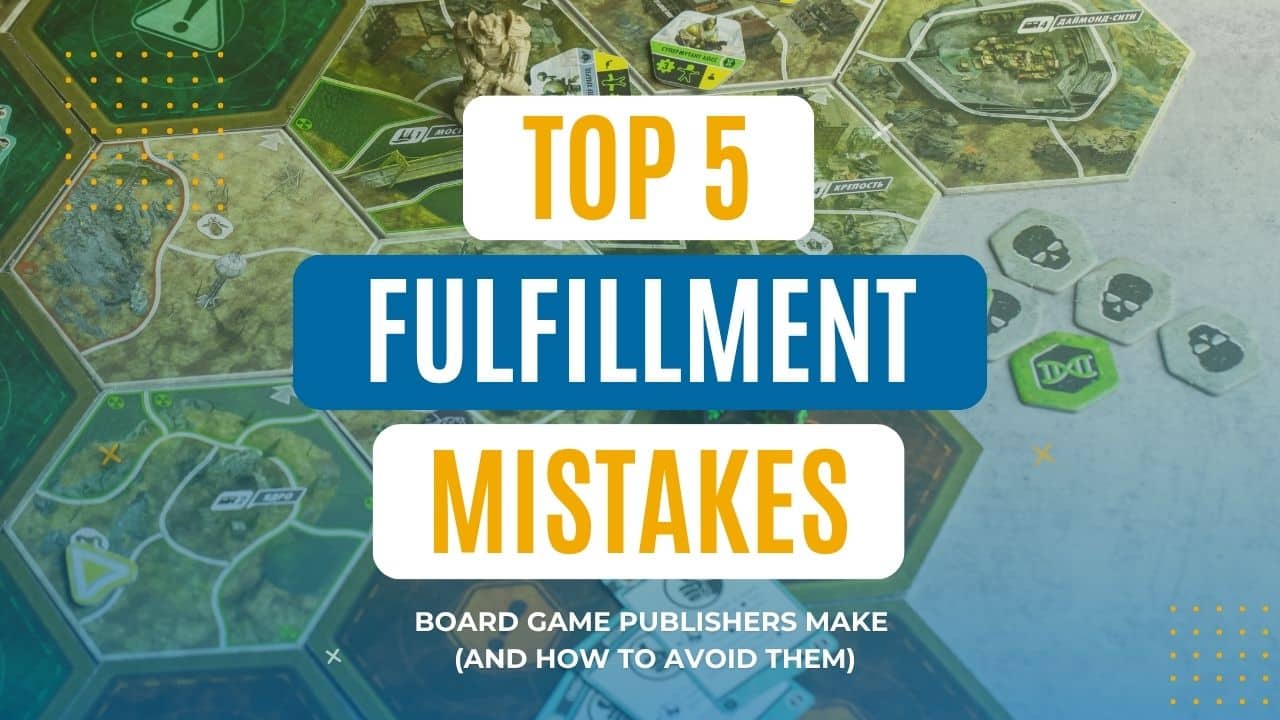
If you’ve ever shipped a game you poured your heart into, you already know, fulfillment is where the dream can quietly bleed money. It’s not flashy. It’s not the part you post Instagram stories about. But it is the part that decides whether your Kickstarter backers and retail buyers come back for your next release… or never again.
This isn’t about horror stories for the sake of drama. It’s about the mistakes indie publishers actually make, often without realizing it, until the invoices, chargebacks, or damaged shipments start rolling in.
In this guide, we’re going to talk through the big five missteps and, more importantly, the fixes. Every one of these can be prevented with planning, testing, and a little industry know-how. Whether you run fulfillment yourself or work with a third-party logistics (3PL) provider like eFulfillment Service, you’ll walk away knowing exactly what to watch for.
5 Fulfillment Mistakes Board Game Publishers Make (How to Avoid Them)
Mistake #1: Underestimating Packaging and DIM Weight
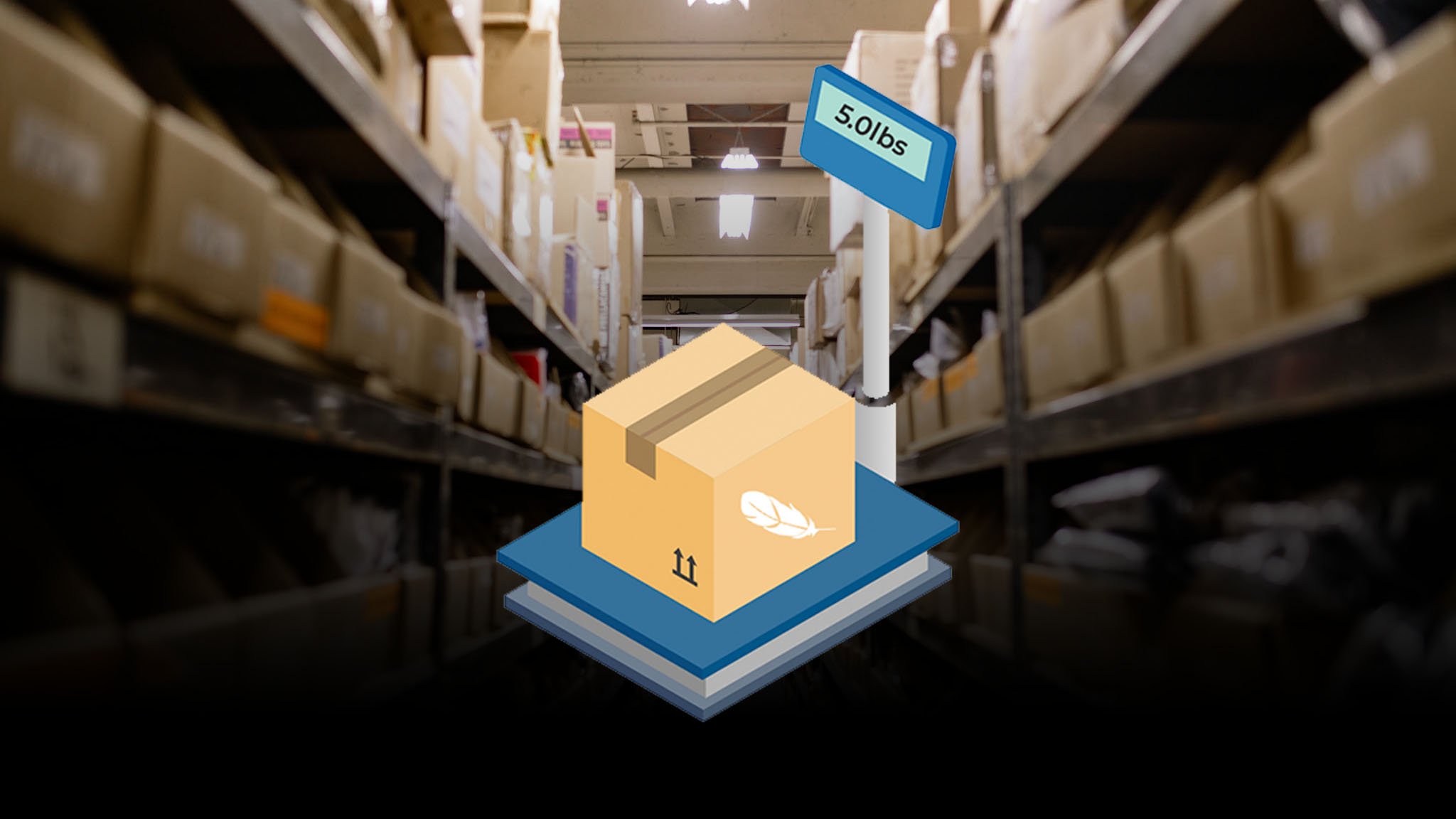
Why it happens
It’s easy to get swept up in how the box will look on a shelf and forget that it also needs to survive freight trucks, sorting conveyors, and last-mile delivery. Manufacturers may recommend a standard box size, but that doesn’t mean it’s optimized for shipping costs, or that it will protect heavy boards, miniatures, or metal coins in transit.
Common causes:
- Designing packaging late in the process, after manufacturing is locked in
- Ignoring dimensional (DIM) weight pricing
- Not testing cartons for real-world shipping conditions
Red Flags
- Higher-than-average returns for crushed or dented boxes
- Surprises on carrier invoices because billable weight is higher than actual weight
- Retailers or Amazon FBA issuing chargebacks for incorrect carton size, weight, or labeling
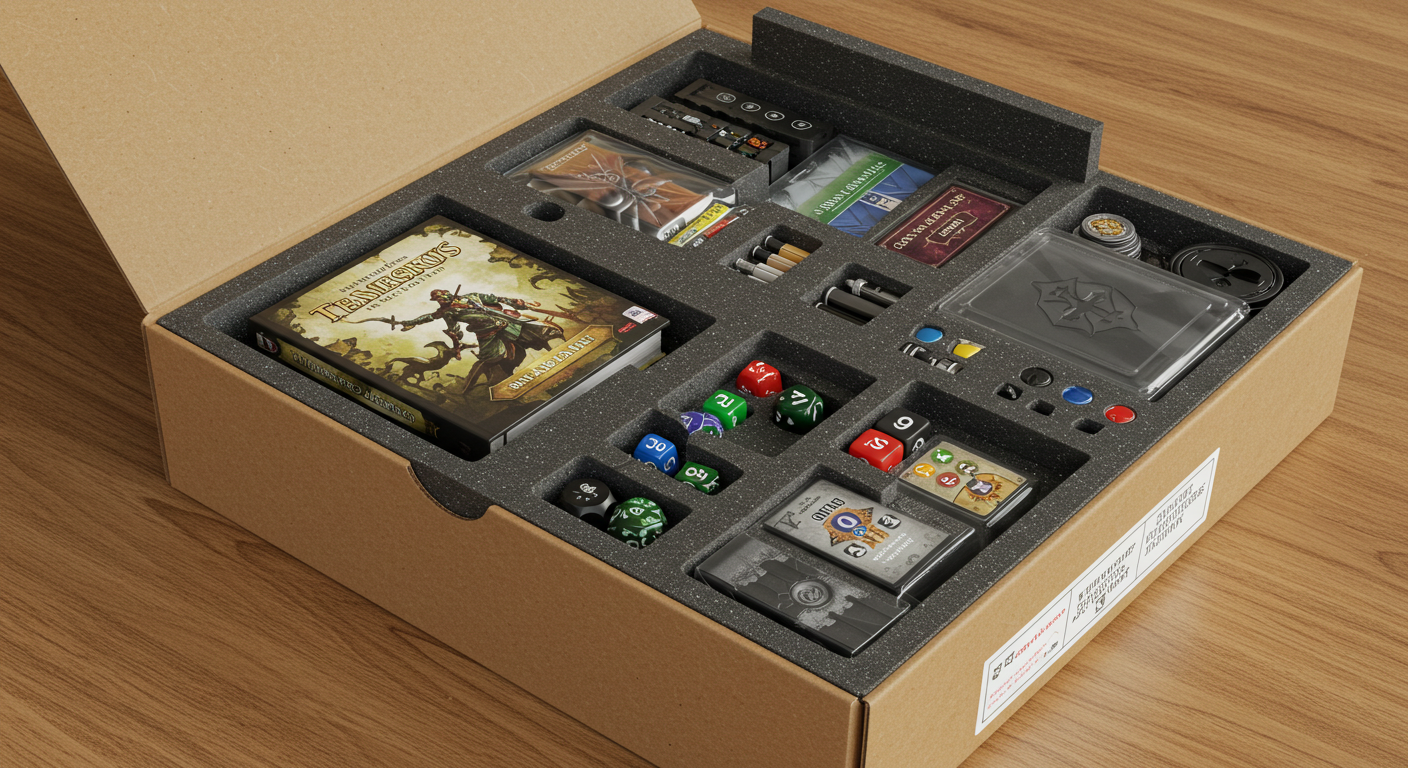
The Fix: Packaging That Protects Margins and Products
1. Finalize specs before manufacturing
- Lock in unit dimensions and weight early
- Design master cartons and pallet layouts before mass production
- Create a packaging spec sheet for manufacturers, freight forwarders, and your 3PL
2. Master carton best practices
| Factor | Recommendation | Why It Matters |
| Max weight | ~50 lbs | Avoid injury risks and extra handling fees |
| Max dimensions | Under 25″ per side for Amazon FBA | Prevent oversize surcharges |
| Pallet overhang | None | Reduces crush damage during transit |
| Corner protection | Foam corners, edge protectors | Protects against impact damage |
3. Test before shipping
- Use ISTA 3A transit testing if possible
- Do drop tests from ~3 feet and shake tests
- Adjust inserts and cushioning based on results
4. Check DIM weight early
DIM Weight Formula: (Length × Width × Height) ÷ 166 (in inches for most carriers)
Compare to actual weight, billable weight is whichever is higher.
5. Label correctly
- Unique scannable barcode on each unit
- Master carton labels with SKU, quantity, and handling instructions
- Safety labels for polybags and fragile items
Metrics to Watch
- Damage rate (target: under 1–2%)
- DIM surcharge frequency
- Chargeback fees (target: near zero)
- Shipping cost per unit
Pro Tip: One publisher cut shipping costs by 25% by resizing from 15″ × 15″ × 5″ to 13″ × 13″ × 4″ and adding corner foam, reducing DIM weight and damage rates.
Assets to Prepare
- Packaging diagrams
- Dimension and weight records
- Test shipment photos
- Label templates
Board Game Fulfillment doesn’t have to be a hassle.
Partnering with a board game fulfillment service like eFulfillment Service means you can focus on growing your business while we handle the details. Request a Free Quote Today!
Mistake #2: SKU Explosion and Kitting Chaos After Stretch Goals
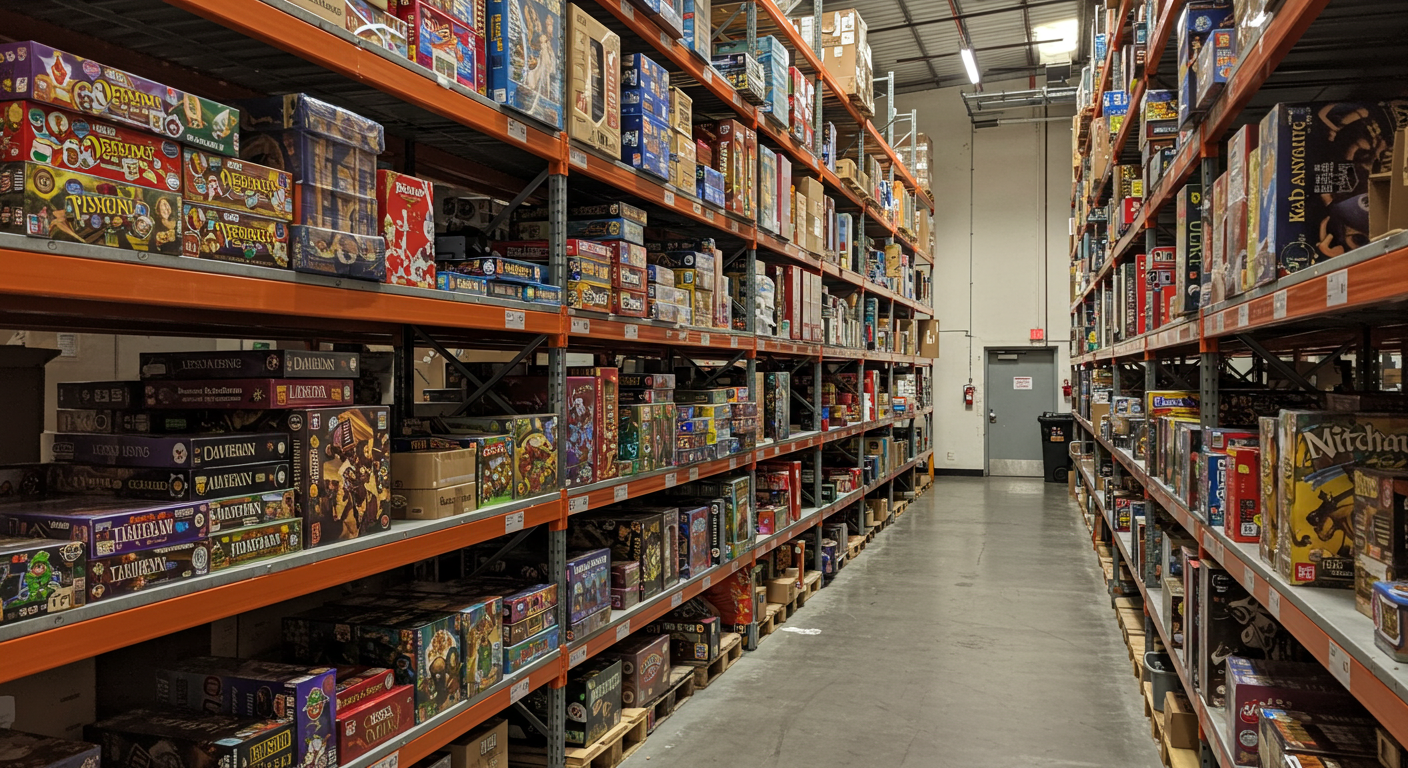
Why it happens
Stretch goals are great for excitement… until they turn your clean pick-and-pack plan into a logistical puzzle. Suddenly you’ve got dozens of combinations to assemble, and warehouse labor costs spike.
Common causes:
- Offering too many variants or exclusive SKUs
- Adding last-minute stretch goals that require special handling
- No pre-assembly before mass shipping
Chaos Indicators
- Warehouse invoices full of “special handling” fees
- Orders taking much longer to pick and pack
- Increased mispacks and wrong item complaints
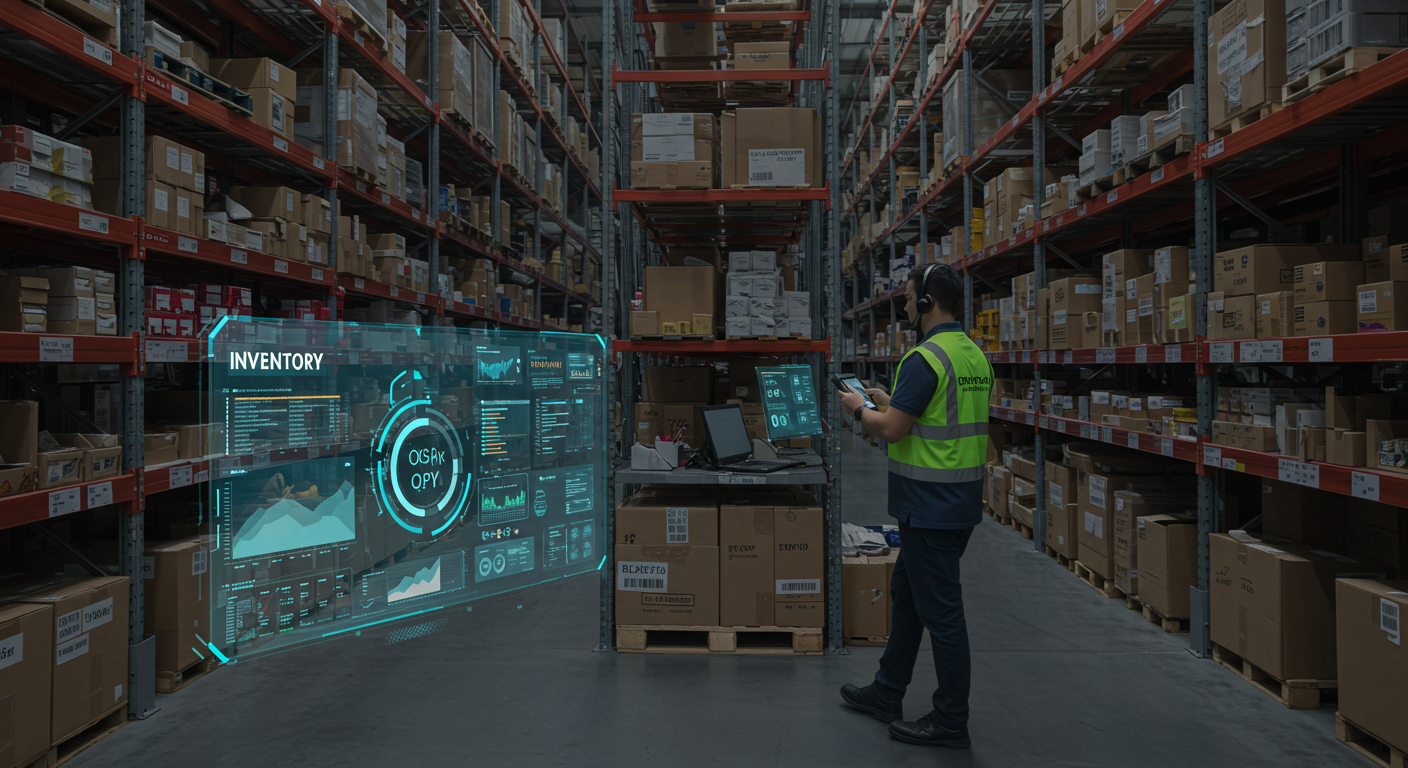
The Fix: Keep SKUs Under Control
1. Limit SKU complexity
- Cap pledge tiers and bundles
- Consolidate SKUs when possible
2. Pre-kit components
- Bundle common combinations ahead of time
- Store as single units in inventory
3. Create kitting guides
|
Step |
Details |
|
Visual diagrams |
Show each SKU and contents |
|
Labeling |
Clearly mark pre-kitted sets |
|
Checklists |
Use for accuracy during assembly |
4. Use your 3PL’s strengths
If you work with a board game fulfillment partner, share your full SKU map early so they can prep labor and storage space.
Metrics to Watch
- Labor cost per order
- Mispack rate (target: under 0.5%)
- Orders shipped per labor hour
Case Example: A miniatures game campaign pre-kitted its most common pledge tier before launch, cutting pick time by 60% and avoiding a $4,500 labor overrun.
Assets to Prepare
- SKU master list
- Assembly diagrams
- Pre-kitting inventory plan
Mistake #3: Guessing at International Shipping Rates
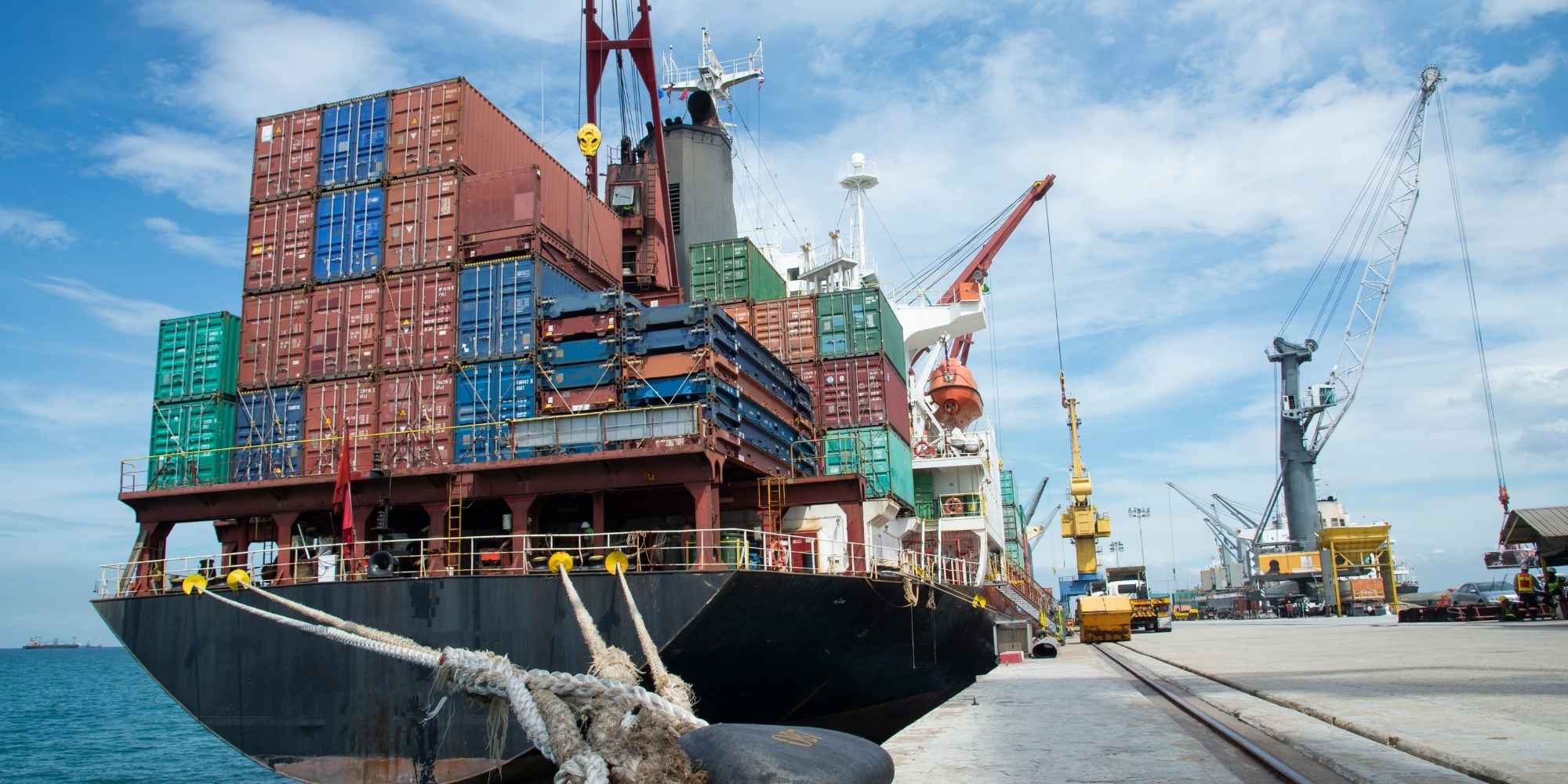
Why it happens
International backers are valuable, but shipping to them without solid rates is a gamble. Costs can double between campaign planning and fulfillment if you don’t get current quotes, or worse, you guess based on outdated numbers.
Common causes:
- No up-to-date quotes from carriers or 3PLs
- Not factoring in VAT, duties, or customs brokerage
- Using one-size-fits-all rates for all countries
Trouble Signs
- You’re losing money on every international shipment
- Delays at customs because paperwork isn’t correct
- Backers hit with unexpected fees
Lower Your Board Game Shipping Costs with a 3PL.
Partner with eFulfillment Service to move inventory faster and free up cash flow. We help board game designers optimize operations so products don’t sit on shelves. Request a Free Quote today!
The Fix: Get Real Numbers Before You Launch
1. Get country-specific quotes
- Use current rates from your 3PL’s international shipping services
- Factor in last-mile carriers for each region
2. Understand VAT and duties
| Region | Tax Type | Who Pays? |
| EU | VAT | Seller or buyer depending on terms |
| UK | VAT | Seller registered for VAT or buyer |
| AUS/NZ | GST | Usually seller |
3. Use regional hubs when needed
Ship in bulk to a fulfillment center in-region to lower last-mile costs.
4. Show total landed cost at checkout
Avoid surprise charges for backers.
Metrics to Watch
- Average cost per international order
- Customs delay rate
- Refunds due to unexpected fees
Pro Tip: A card game publisher avoided $7,000 in losses by switching to EU/UK regional fulfillment mid-campaign after rates rose.
Assets to Prepare
- Current international rate tables
- Customs documentation templates
- VAT/GST registration info
Mistake #4: Going Quiet Until There’s a Problem

Why it happens
When fulfillment gets busy, communication slips. Silence makes backers and customers nervous, and nervous people flood your inbox.
Common causes:
- No set communication schedule after funding
- Relying on one big update instead of smaller check-ins
- Avoiding updates until there’s good news
Under-Communication Signs
- Backers turn to forums for info first
- Spikes in “where’s my order?” emails
- Social media rumors replace facts

The Fix: Communicate Early, Often, and Honestly
1. Make a simple update calendar
- Post every 2–3 weeks during production and fulfillment
2. Break updates into sections
| Section | Example |
| Production | “All minis molded, board printing next week” |
| Freight | “Games loaded, ETA May 12” |
| Fulfillment | “Wave 1 (US) ships this week, Wave 2 (EU) next week” |
3. Use the right channels
- Kickstarter for backers
- Email for preorder customers
- Social media for broader updates
4. Address issues head-on
- Explain cause, impact, and fix
- Give revised ETA ranges
Metrics to Watch
- Response time to inquiries (<48 hrs)
- Inbound “where’s my order?” messages
- Update engagement
Case Example: A TTRPG publisher kept updates steady during a 6-week customs delay, sharing photos and clear timelines, earning support instead of backlash.
Assets to Prepare
- Update templates
- Regional fulfillment contacts
- Backup channels
Struggling with Board Game Fulfillment?
Our 3PL services streamline your inventory managment process and boost profitability. Get a Free Quote and start improving your cash flow today!
Mistake #5: Not Auditing Fulfillment Costs Mid-Campaign

Why it happens
You budgeted for fulfillment early, but rates, surcharges, or complexity changed. Without checking midstream, overruns sneak up.
Common causes:
- Treating quotes as final
- Not tracking labor separately from shipping
- Ignoring currency exchange impacts
Cost Trouble Signs
- Invoices higher than quotes
- Shrinking profit margins
- Covering overages from other budgets

The Fix: Build Cost Audits into Your Plan
1. Check invoices monthly
- Watch for spikes in labor, freight, or materials
2. Track all costs together
|
Category |
Examples |
|
Labor |
Pick-and-pack, kitting |
|
Materials |
Boxes, bubble wrap |
|
Freight |
Ocean, air, trucking |
|
Shipping |
Domestic and international postage |
3. Have a contingency budget
- 5–10% of fulfillment budget for emergencies
4. Renegotiate if needed
- Higher volume can earn better per-unit rates
Metrics to Watch
- Fulfillment cost % of revenue
- Labor cost per order
- Shipping cost trends
Case Example: A card game creator paused shipping to pre-kit orders, cutting labor fees in half and avoiding a $3,000 overrun.
Assets to Prepare
- Monthly cost tracking sheet
- Original quotes
- Contingency budget notes
If you handle these five areas, packaging, SKU control, international shipping, communication, and cost auditing, your next campaign will be smoother, more profitable, and far less stressful for you and your backers.
Summary: 5 Fulfillment Mistakes Indie Game Publishers Make (and How to Avoid Them)
Fulfillment is not the glamorous part of launching a game. You won’t find many social posts showing someone double-checking carton weights or tweaking VAT paperwork. But it is the part that turns excitement into repeat customers and turns one successful campaign into a sustainable publishing career.
The publishers who get fulfillment right are not necessarily spending more money, they’re spending it at the right time, in the right places, and with the right partners. They know their packaging specs months before production. They keep SKUs lean and organized. They price international orders with real data. They communicate before questions turn into frustration. And they audit costs before invoices become surprises.
Whether you’re a one-person operation shipping from your garage or you’re working with a board game fulfillment partner like eFulfillment Service, the same rules apply. Plan ahead, keep things simple where you can, and track every moving part.
Do that, and you’ll not only save money and stress, you’ll have the bandwidth to focus on what you actually love doing: creating great games people can’t wait to play.
Take the Next Step: Need help with Board Game Fulfillment?
Learn more about eFulfillment Service’s fulfillment solutions and how we help brands streamline operations from warehousing to delivery. By partnering with experts, you can spend less time worrying about dead stock and more time growing your business.
💡 eFulfillment Service specializes in helping eCommerce businesses scale without the headaches. Whether you’re managing one SKU or a few thousand, we provide the technology, automation, and expertise to keep your operations running smoothly.
📞 Ready to simplify your board game fulfillment and focus on growth? Contact us today to see how we can help streamline your operations and improve efficiency.
Need help with fulfillment? eFulfillment Service specializes in flexible, multi-channel fulfillment, including Amazon FBA prep services. Contact us today for a free quote and see how we can streamline your operations!




0 Comments